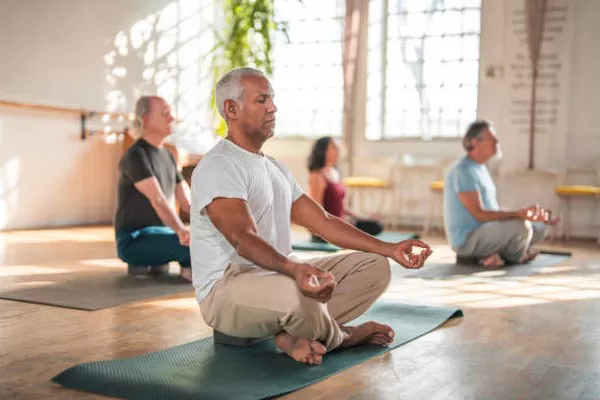One of the most striking moments from Narendra Modi’s first term as Prime Minister of India was the sight of him leading a massive yoga session on Rajpath, New Delhi, on June 21, 2015. The event, which broke the Guinness World Record for the largest yoga session, symbolized Modi’s vision of unity and health through the ancient practice. But beyond its surface of physical wellness, this spectacle was also a strategic move deeply intertwined with political and cultural objectives.
Yoga as a Tool for Global Influence
Modi’s advocacy for yoga began in earnest when he proposed June 21 as “International Yoga Day” to the United Nations. In his address to the General Assembly, Modi portrayed yoga as an ancient gift from India, embodying unity of mind and body and offering holistic benefits for health and well-being. This rhetoric echoes the approach of Swami Vivekananda, who in the late 19th century used the language of inclusivity to present Hinduism at the World’s Parliament of Religions in Chicago.
The Cultural and Political Significance
For Modi, yoga serves not only as a health practice but as a symbol of Hindu cultural heritage. By positioning yoga as a cornerstone of India’s ancient traditions, he taps into a broader narrative of Indian exceptionalism and spiritual richness. This narrative serves dual purposes: enhancing India’s global soft power while also reinforcing Hindu cultural dominance domestically.
The promotion of yoga is part of Modi’s broader agenda to project Indian culture and values on the world stage. Just as he leveraged India’s Buddhist heritage to engage with Buddhist-majority nations, he now uses yoga to assert India’s spiritual and cultural leadership. This strategy aligns with his government’s emphasis on traditional Indian practices as a source of national pride and international prestige.
Hindu Nationalism and Secularism
The integration of yoga into national and international platforms has sparked concerns about its implications for India’s secular and pluralistic ideals. Modi’s critics argue that framing yoga as an emblem of Hindu culture risks marginalizing India’s religious minorities, such as Muslims and Christians, who may view the practice through a different lens.
The push to include yoga in school curriculums and other public spheres has raised fears of deepening sectarian divides. For instance, the controversy over the “Surya Namaskar” (Sun Salutation) sequence, which invokes Hindu solar deities, highlights tensions between religious inclusivity and cultural nationalism.
Yoga and Indian Politics
Modi’s use of yoga as a political tool extends to his aspirations for the 2036 Olympics, where he envisions yoga as an official event. This move could be seen as both an effort to globalize the practice and a reflection of its political utility in shaping India’s image.
However, the politicization of yoga is not without its challenges. Critics argue that the association of yoga with Hindu nationalism undermines its universal appeal and could alienate non-Hindu practitioners. This controversy reflects broader debates about the role of cultural and religious symbols in public life and governance.
The Future of Yoga in Indian Politics
As Modi enters his third term as Prime Minister, the role of yoga in Indian politics remains a contentious issue. The debate over its place in education and public policy underscores the complex interplay between culture, religion, and politics in contemporary India. While yoga continues to be celebrated for its health benefits, its use as a political and cultural instrument will likely continue to provoke discussion and division.
In summary, Modi’s promotion of yoga is a multifaceted strategy that leverages its global appeal while embedding it within a framework of Hindu nationalism. This approach reflects broader trends in Indian politics, where cultural symbols are increasingly mobilized to advance political and ideological goals.


